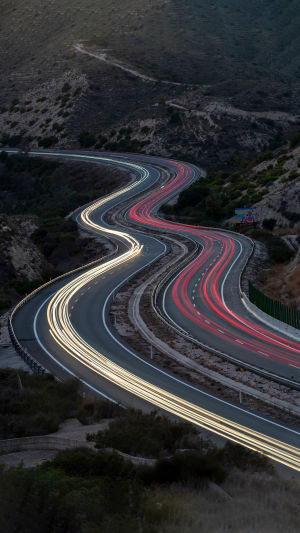Alicante is the capital of the province of Alicante in the Autonomous Community of Valencia, Spain. It is a pleasant city to live in, as well as a renowned port and tourist destination, boasting the oldest railway connection in Spain, and a stunning landscape and climate.
Alicante, which is the main transportation point to the famous resort of Costa Blanca, started as a crowded and busy industrial city. All the streets of the city eventually lead to the mosaic-lined boulevards in front of the port of Deportivo.
If you look closely, you will find the hidden Alicante - Alicante's old town is the most beautiful and fascinating part of the city. Dominating the city is Castillo Santa Barbara.
To the right of downtown Santa Barbara is a two-story old-fashioned building, and as soon as you enter, you are immediately drawn to the thriving market inside with its huge stalls displaying all kinds of fish and shells.
Large chunks of tuna were being sold in thin slices by men in white aprons; women were picking through small quantities of prawns.
We could sit in our beachfront apartment and have lunch, enjoying juicy red tomatoes, chunks of cheese, and freshly baked warm bread. There is also the option of having lunch in the square outside the market, sipping coffee, and watching the variety of flowers.
Alicante, a port city in southeastern Spain, is the capital of the province of Alicante in the autonomous community of Valencia.
The sunny and pleasant port city of Alicante is not very large but has some of the best pieces of contemporary Spanish architecture to explore.
We can experience the creativity of contemporary architecture in Alicante.
The Museum of the University of Alicante is a multifunctional space for the dissemination of culture, bringing together various artistic activities such as music, painting, architecture, cinema, theatre, etc. It was built at the same time as the Rector's Building in Ciza, but they seem to be the work of two completely different eras.
The project site is located at the southernmost point of the campus, adjacent to the highway with heavy traffic noise to the south, and a large parking lot serving the entire campus to the east and north, with a nearly barren and empty site in sight.
Faced with such a blank site in terms of the cultural or natural landscape, the architects chose to seek an inward-looking, quiet, more secure, and closer to the human-scale sunken courtyard in a logic similar to that of building a bunker.
As a transition space into the various functional areas, and when people are in the courtyard and look out, they see the rolling hills in the distance. In terms of this site response, Alfredo Peya's treatment is both simple and effective.
Alicante is famous for two things: marble and shoes.
The most striking feature of the seafront plaza is its marble floor, which is made up of six and a half million tiles put together to form a huge, half-kilometre-long mosaic.
The mosaic is composed of three colours that showcase the wide variety of marble in the area: Alicante Red, Opal, and White Root Black.
The boulevard in the centre of the city is edged with date palms and pink triangles, and there are two paths on either side of the boulevard.
At the end of the avenue, there is a spectacular fountain, designed and built in 1960 by Carlos Bugas, who also designed the Montauk Fountain in Barcelona.





